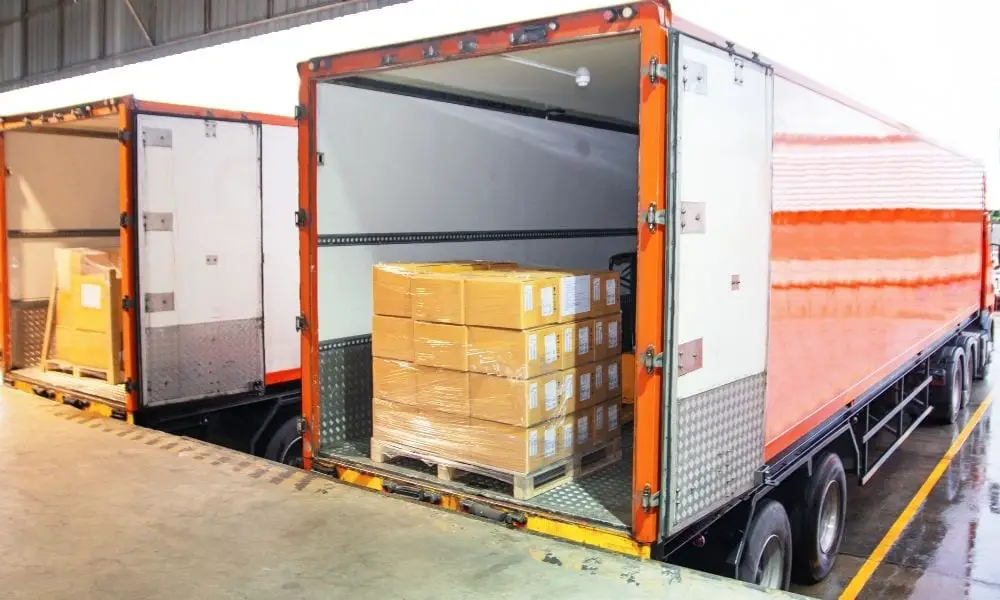

A warehouse or storeroom’s loading dock requires constant vigilance, upkeep, and communication between workers to maintain safety during the workday. If employees slack in any of those areas, it can lead to workplace injuries—or worse. How your workers handle the most common loading dock safety hazards impacts how you run an efficient business. Ensure all loading dock employees know how to handle these hazards and you’ll keep them safe even on the busiest days.
It may not seem like an extreme danger, but improper lifting is a hazard that can swiftly hit any worker with severe back pain or serious back ailments that can prove difficult to remedy. Though it’s an issue in every department of a warehouse, it’s especially prominent in a loading dock scenario.
Ensure every employee knows to lift from their knees and not their back. Heavy loads should require a team lift or lifting equipment—no single person should hurt themselves attempting to carry something that requires two people.
An unclean loading dock is one of the most dangerous areas in a warehouse. If anyone slips on an oily or wet spill, especially when carrying objects, they could seriously endanger themselves and those around them. Additionally, if the floor is cracked or broken, it becomes a tripping hazard for everyone on the dock.
Trips, slips, and falls can escalate into a disaster for the loading bay. Keep the floor clean and smooth, and put anti-slip floor mats in critical places to protect everyone as they do their jobs. Communication is critical on the loading dock, especially when employees encounter a slipping or tripping hazard. Block the area off and designate a crew to clean up the floor.
The dock plate is the truck’s tether to your loading dock, and it can pose a danger to your workers if it experiences issues. Employees must slide the dock plate into place to establish a secure connection.
Dock plates must hold the capacity of each transferred load—even a properly secured plate can become one of the most common loading dock safety hazards if it can’t hold the weight of your shipments. Limit the dock plate to one person at a time, and make sure employees don’t roughhouse on the plate.
Understanding the common causes of delays during facility relocations can save you time, money, and…
If you or someone you know suffers from sleep apnea, chances are a CPAP (Continuous…
Learn about four effective methods hospitals can implement to share patient status updates, ensuring clear…
Learn about the benefits of an organized outdoor shed. Discover easy methods to reduce clutter…
Want to fly multiple flags but are worried it might be disrespectful? Here’s what you…
Prepare for power outages with tips on staying warm, safe, and stress-free. Learn how to…